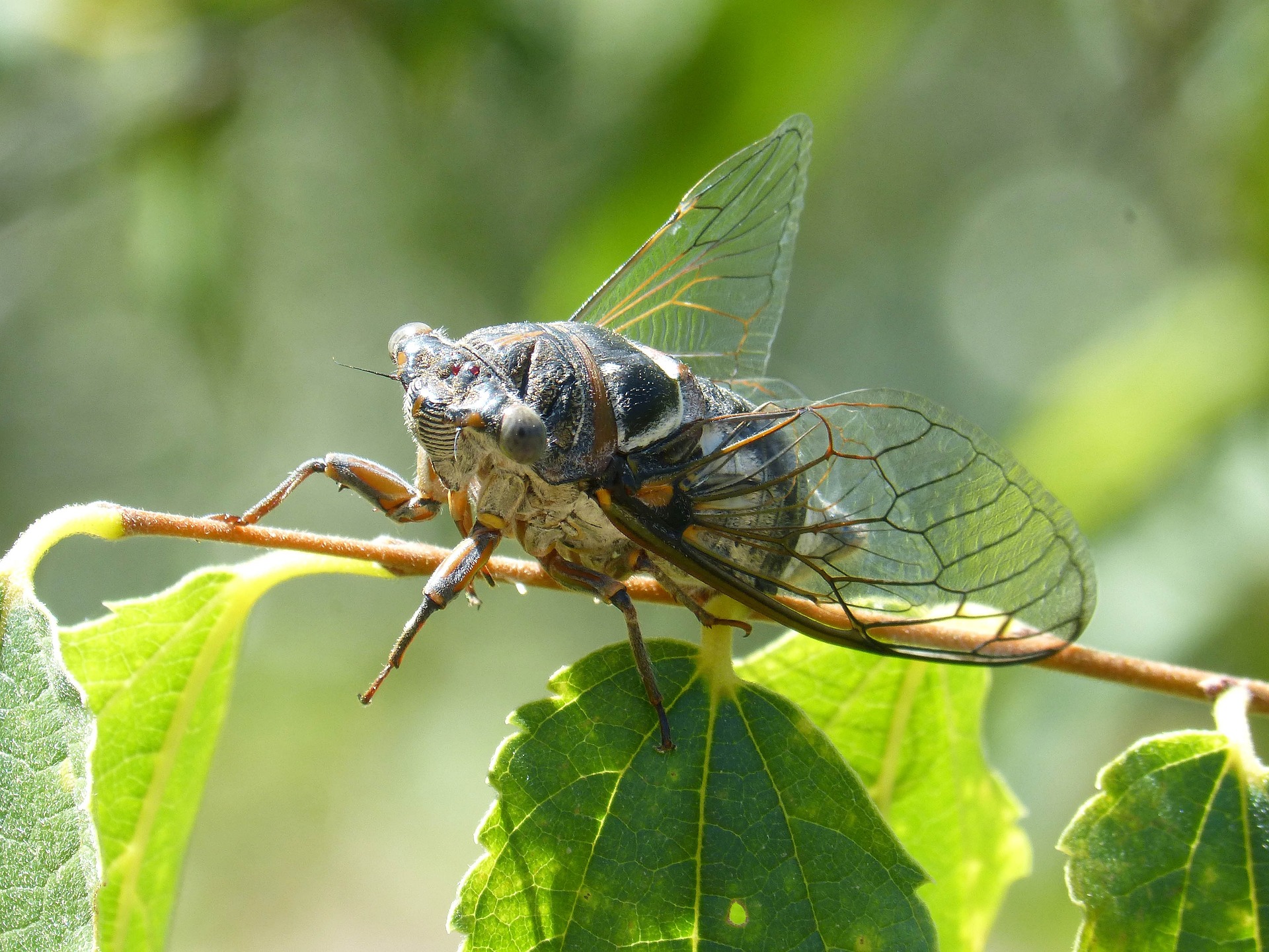The start of summer in the U.S. brings with it the expected return of cicadas. While some spots have already seen a substantial number of these insects appear, the Chicago area is waiting a bit longer. This delay has led to debates about when and how intense full emergence will be.
Initial Sightings and Predicted High Point
Jennifer Rydzewski, an ecologist with the Forest Preserve District of DuPage County, believes that we haven’t yet seen the height of cicada emergence. She says that soil temperature is crucial in deciding when they surface. The periodical cicadas will begin appearing once the soil temperature eight inches underground hits 64 degrees,” says Rydzewski. Inconsistencies in reaching this crucial temperature have resulted in varying patterns of emergence across different parts.
Evidence of Emergence
Cicada shells clinging onto a fence at Willow Brook Forest Preserve showcased by DuPage County’s Forest Preserve District on social media confirm initial cicada activity. These shells come from cicada nymphs that climb to higher locations to shed their exoskeletons after emerging. Some areas, especially those where construction has warmed up the ground, have seen early activity suggesting possible larger scale emergence soon.
Forecasts and Present Findings
In some spots in Illinois, earlier than usual emergence has been observed without escalating into levels which would typically alarm or captivate public attention, primarily marked by the unmistakable sounds associated with cicadas. Anticipations made by The Insect Asylum include a mid-May peak for Chicago which depends on variables such as soil temperature and humidity.
The Two Broods Phenomenon
This year is interesting as two broods Brood XIII and Brood XIX, are expected to surface together after over two centuries. Brood XIII, mostly seen in northern parts of Illinois, Indiana, Wisconsin and Ohio is recognized for its large numbers while the other brood known as the Great Southern Brood stretches over multiple states including Missouri, North Carolina and Virginia.
Illinois Natural History Survey’s cicada expert Catherine Dana described this as a unique event. “In Illinois it’s definitely a notable year. We will see cicadas appearing throughout the state,” she shared.
The Environmental Influence
Besides being an awe-inspiring spectacle of nature, cicada emergence assumes a crucial role in local ecology. The species enriches local environments with substantial nutrients. Their emergence aerates the soil while their decay reintroduces important nutrients back into the ecosystem supporting numerous other species.
Safety Measures
Even though their deafening mating calls, and sizeable presence can be intimidating, cicadas pose no direct harm to humans or pets. They don’t have stinging or biting capabilities and certainly don’t spread diseases. However, restraint is advised for pet owners since gorging on too many cicadas could lead to issues with digestion.
Looking Forward
Increasing temperatures coupled with sufficient rain could trigger more intensive activity from cicadas soon enough. Affected areas’ residents and tourists alike are encouraged to experience this rare natural spectacle firsthand by observing these periodic bugs’ fascinating life cycle. The chance to study the overlapping appearance of two broods provides a unique opportunity for scientific exploration as well as public education around the ecological importance of this insect.
Broader Ecological Importance
Cicadas have a great impact on their local ecosystems. Their life cycle promotes natural aeration in soil and improves its quality and ability to absorb water. As for when cicadas die, their bodies are packed with nitrogen rich nutrients that boost plant growth and soil fertility.
Building Community Awareness
Community engagement is urged wherever heavy cicada activity is expected. It is important to inform communities about the positive ecological impact of these insects as it helps dispel myths, calm apprehensions and raise awareness about their role in nature.
Final Words
The full extent of this year’s emergence remains to be seen but expectations grow by the day. Once prime conditions present themselves, the presence of cicadas will fill both air and sight paving another round of one of the most intriguing processes in nature. The event serves as a reminder of our ecosystems’ beautifully intricate cycles.











+ There are no comments
Add yours